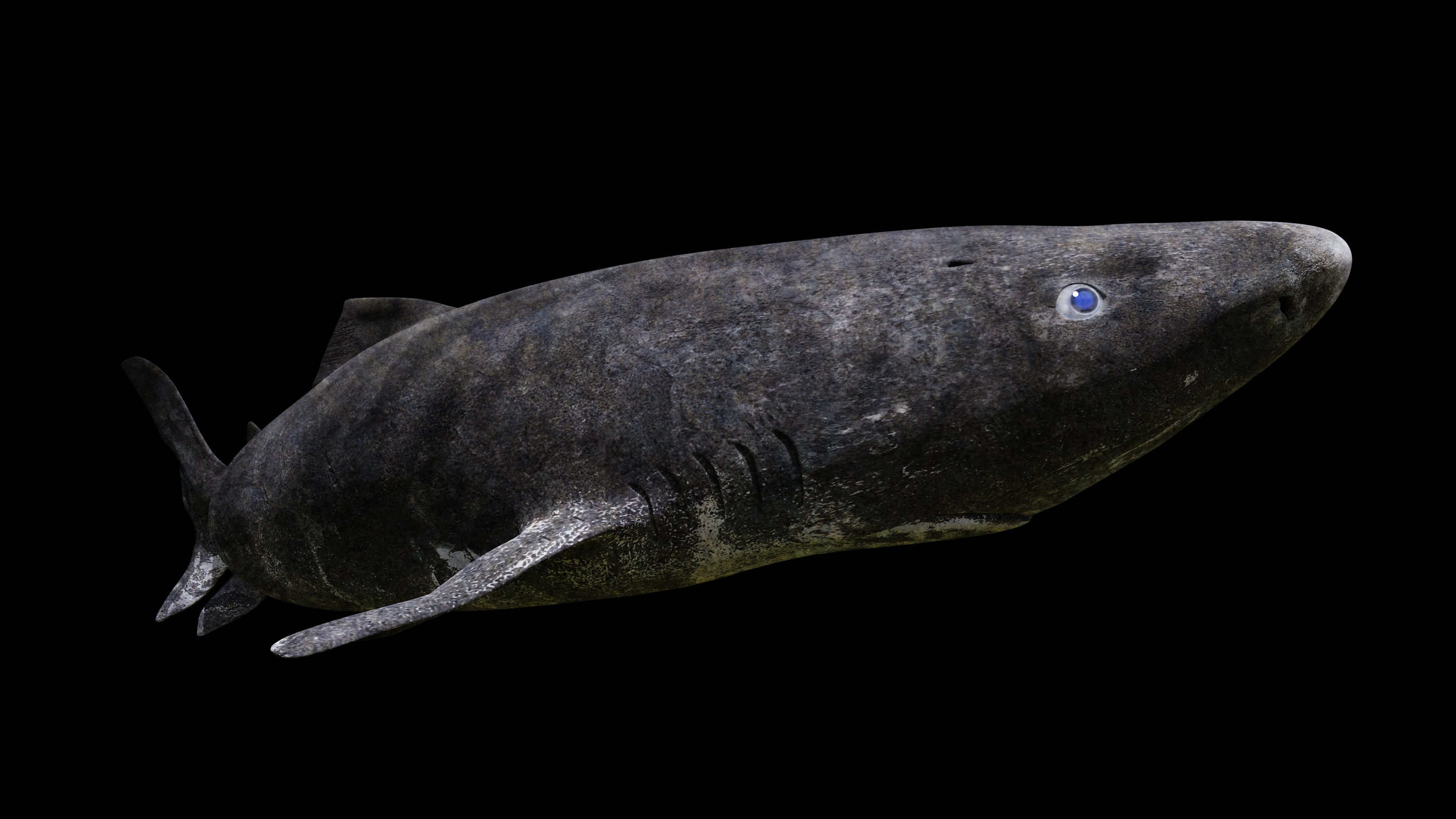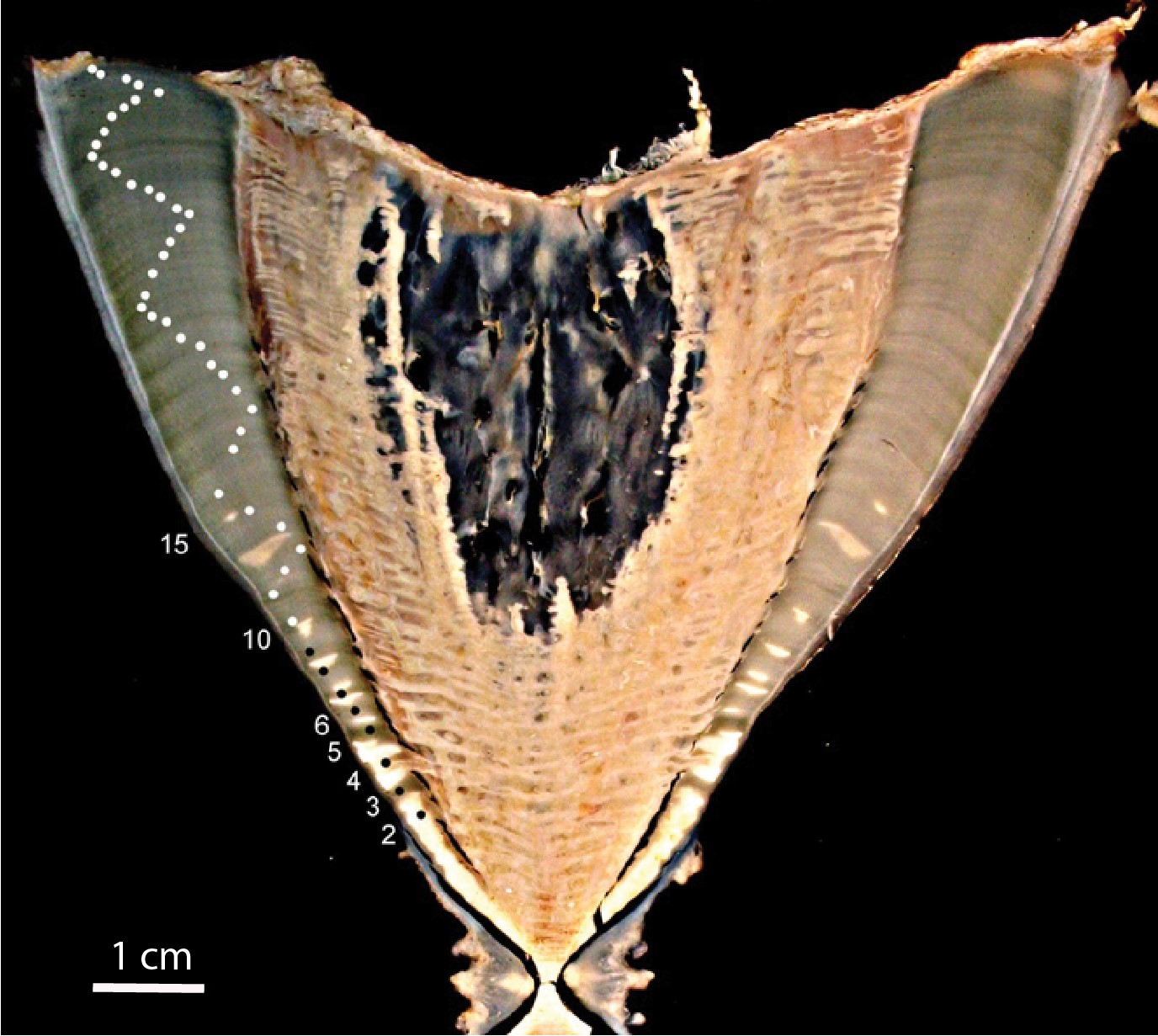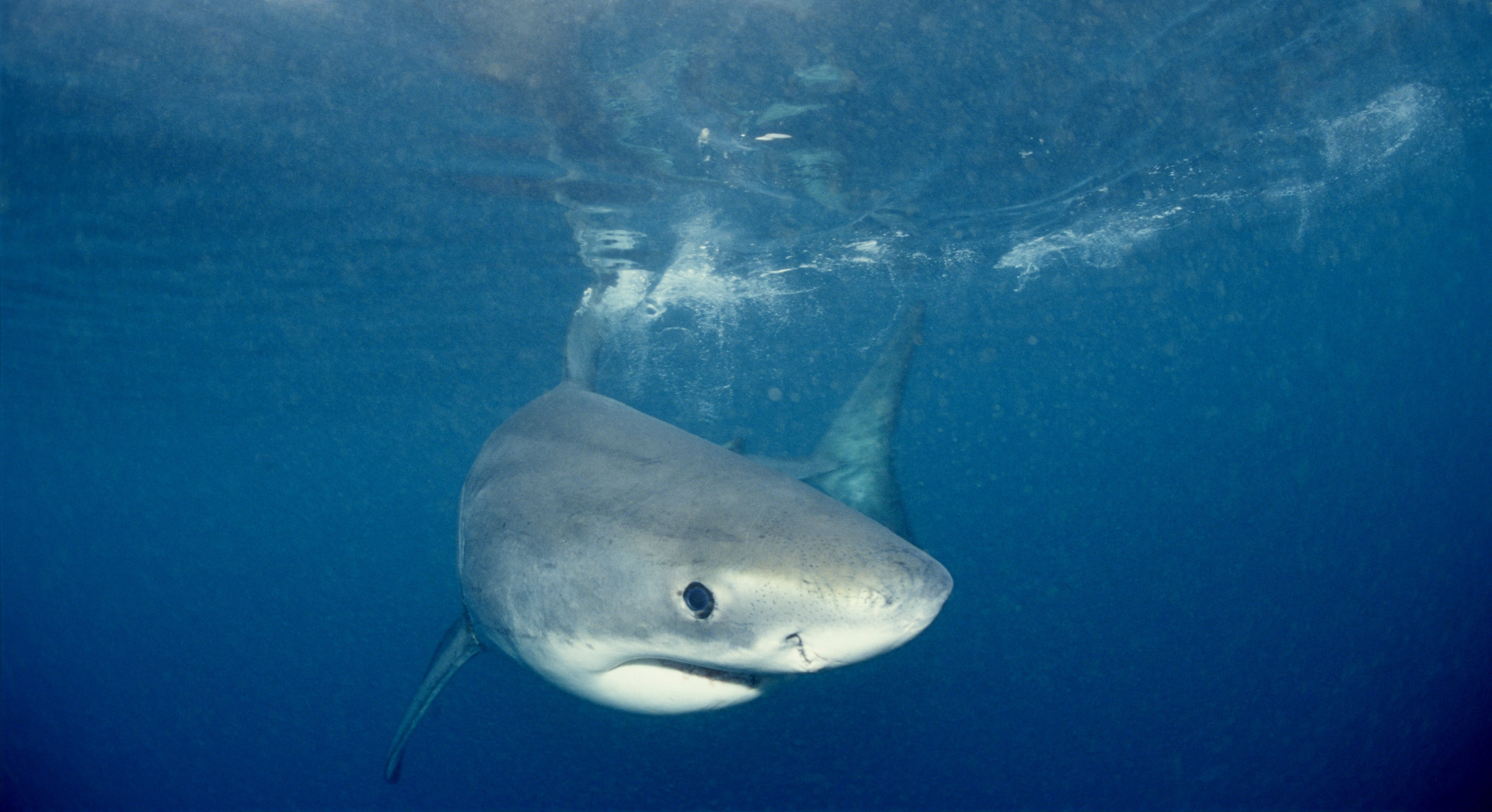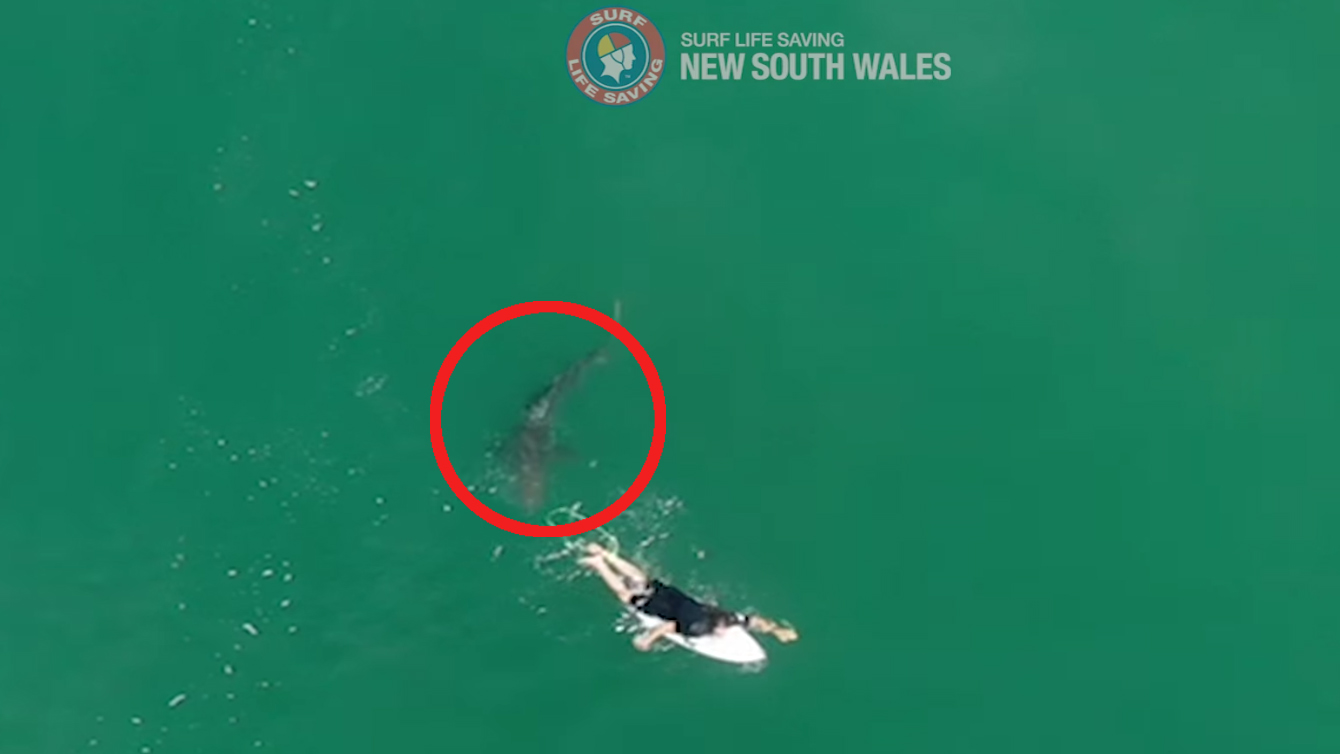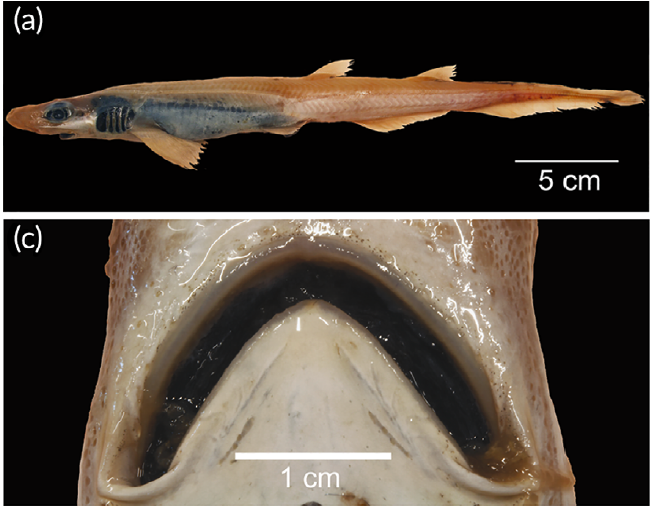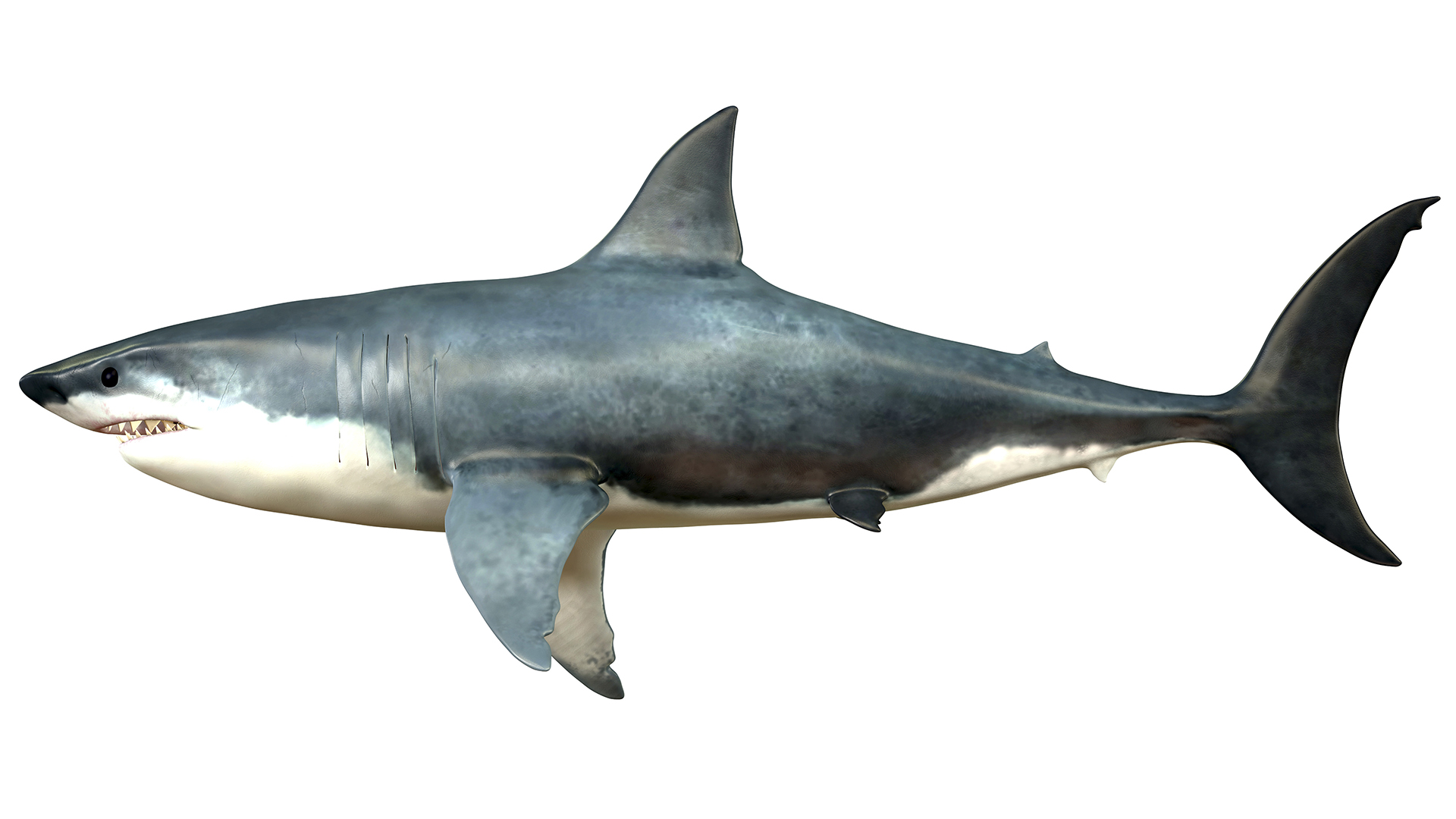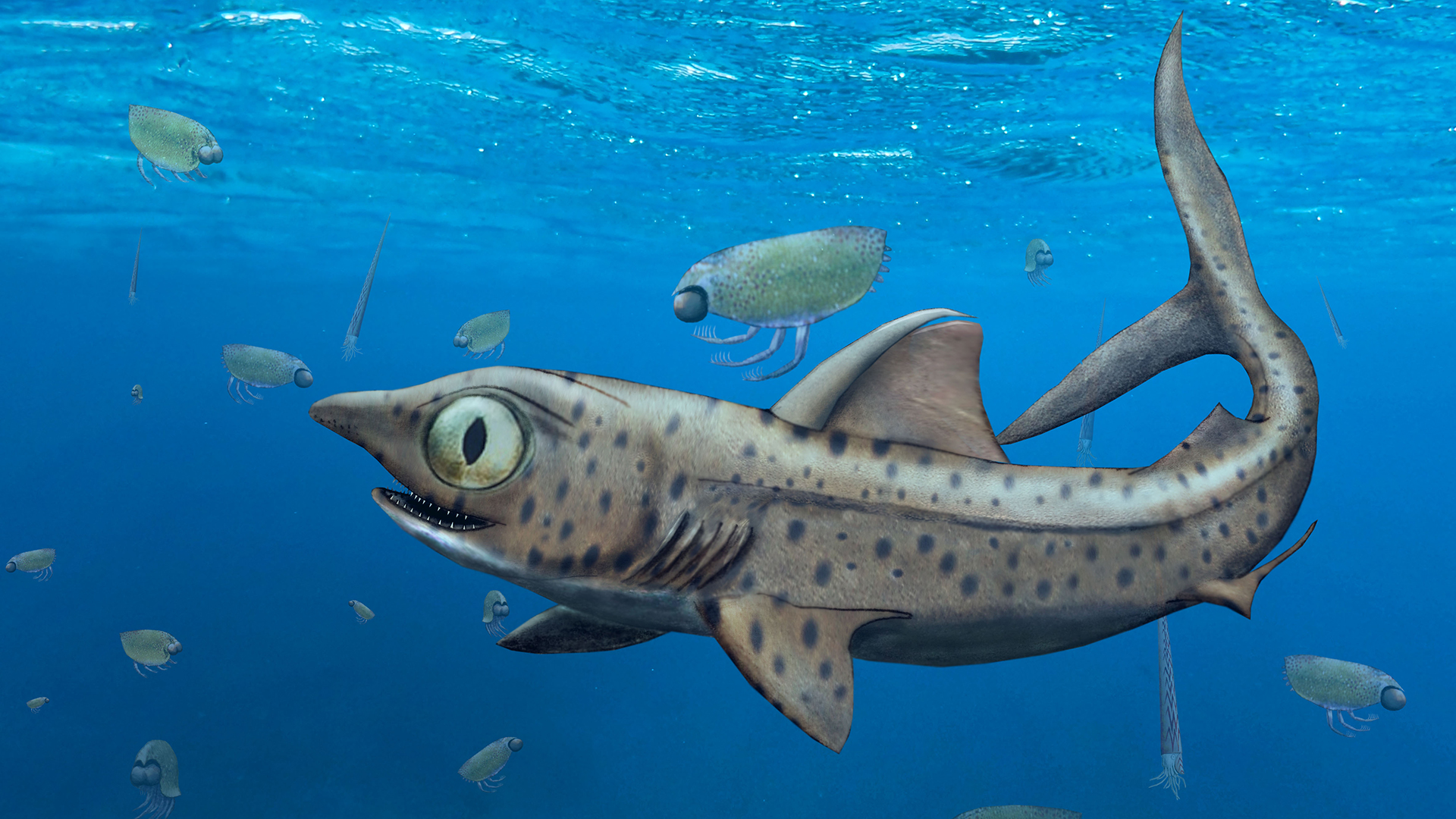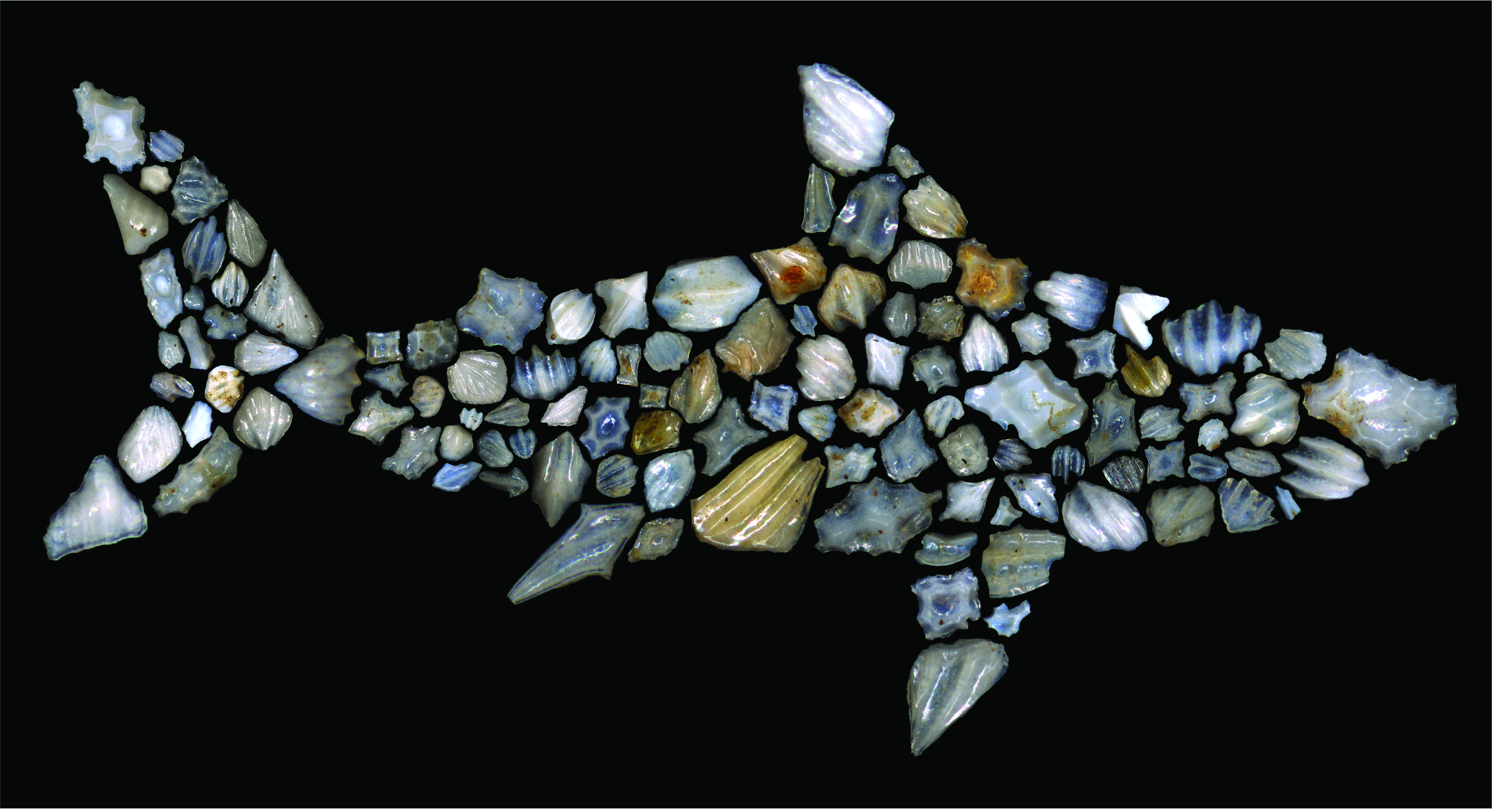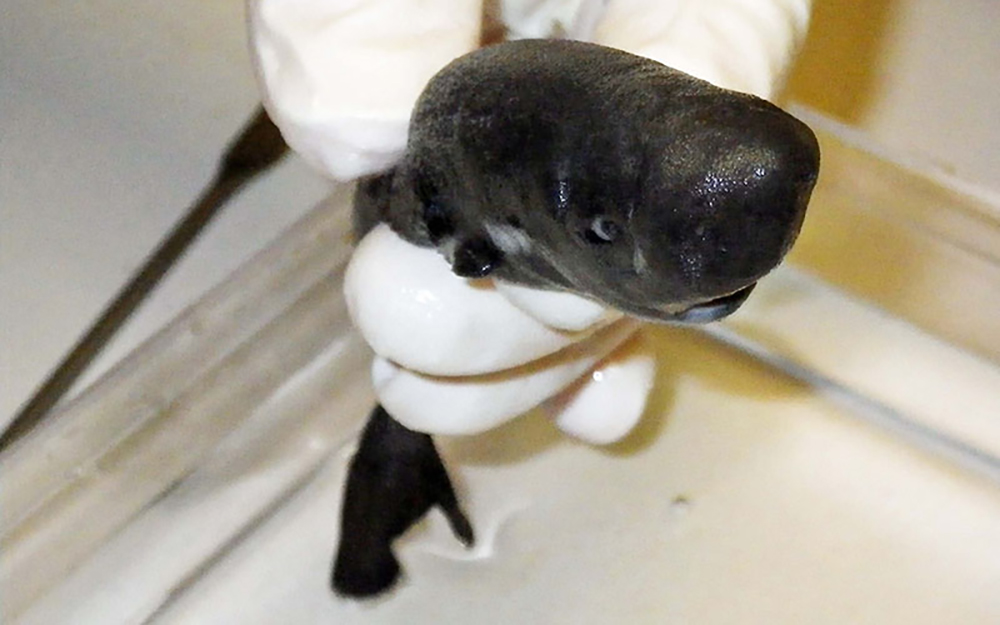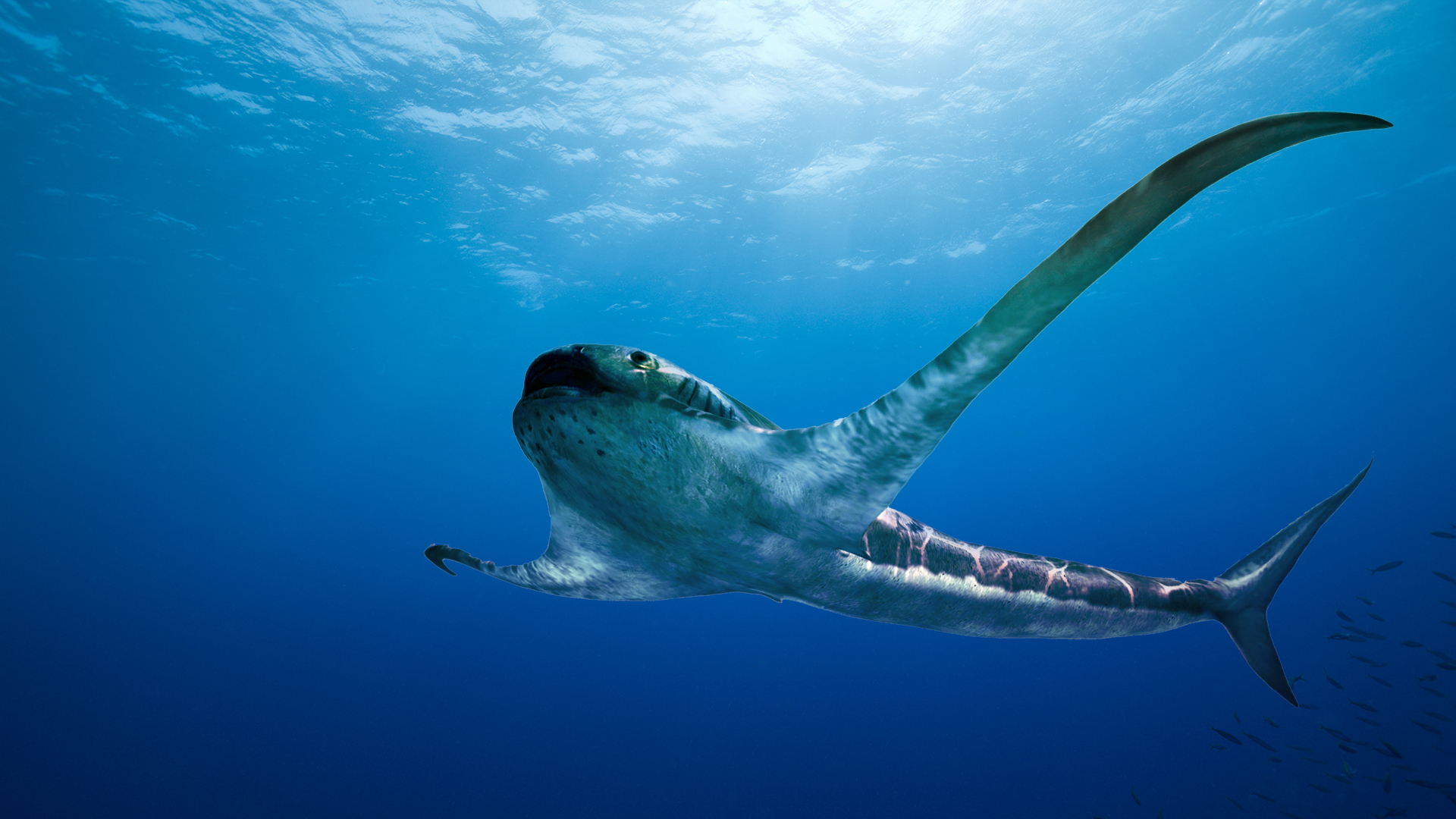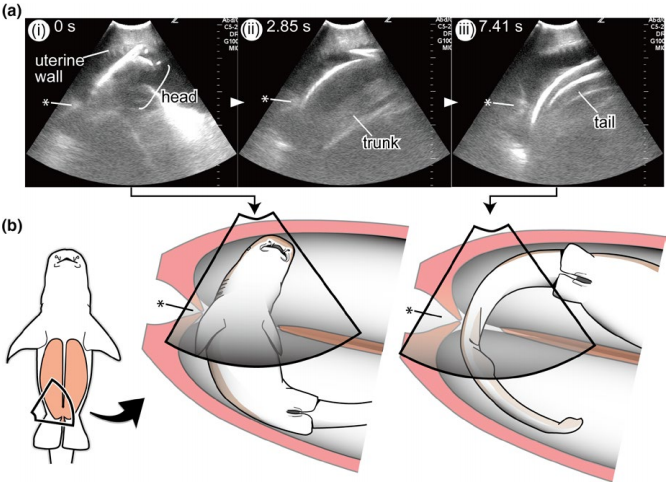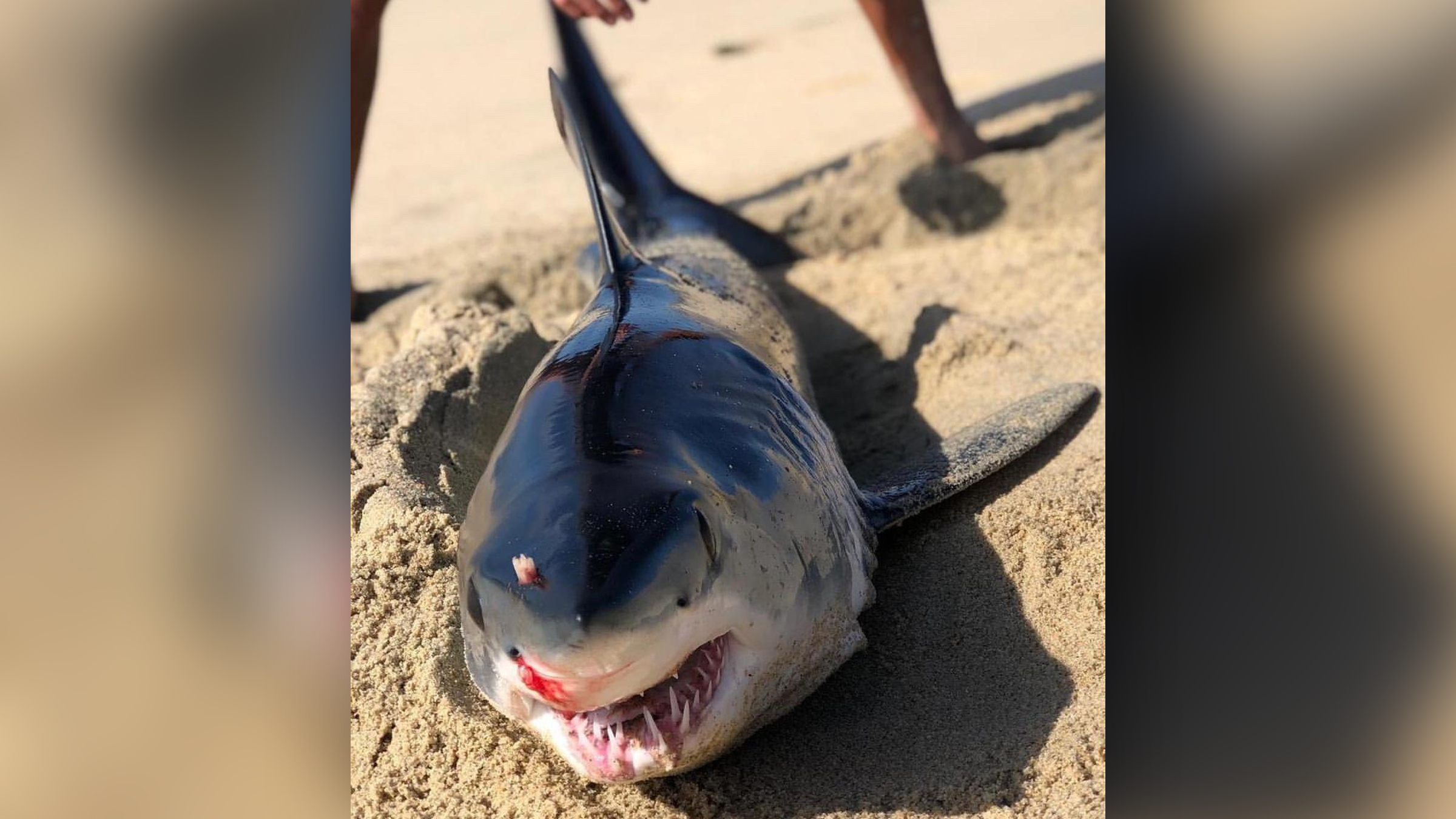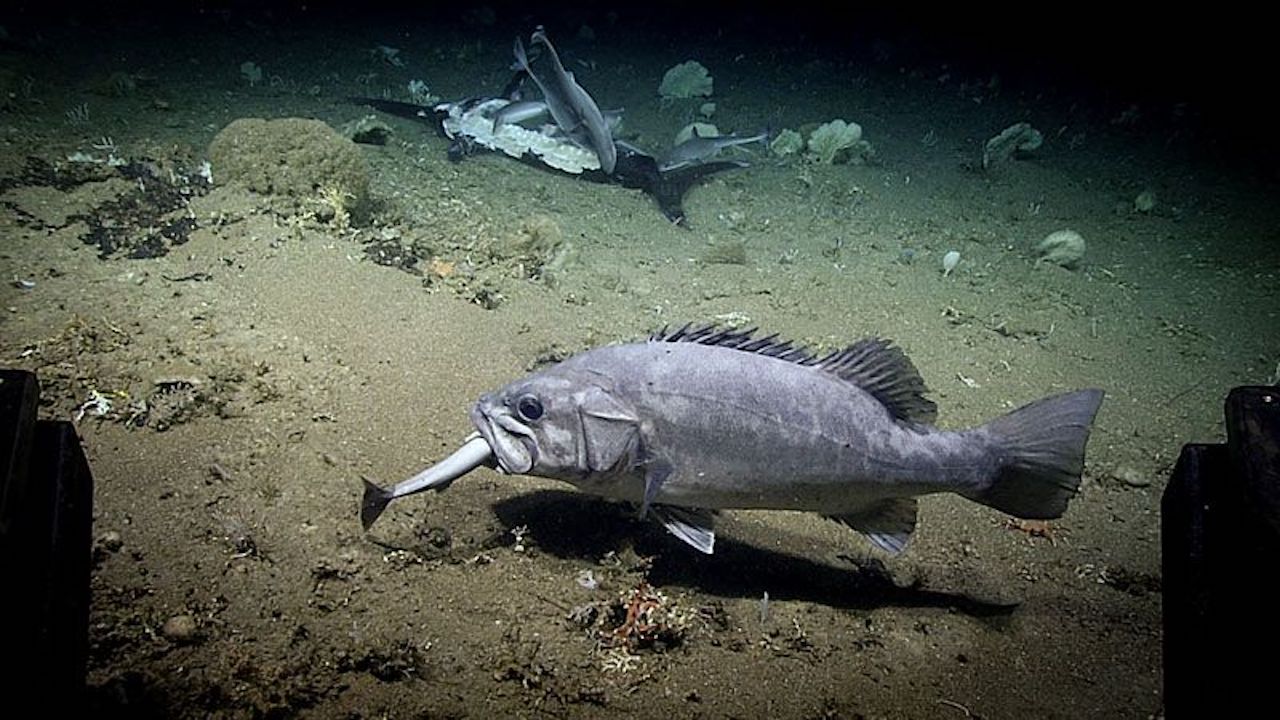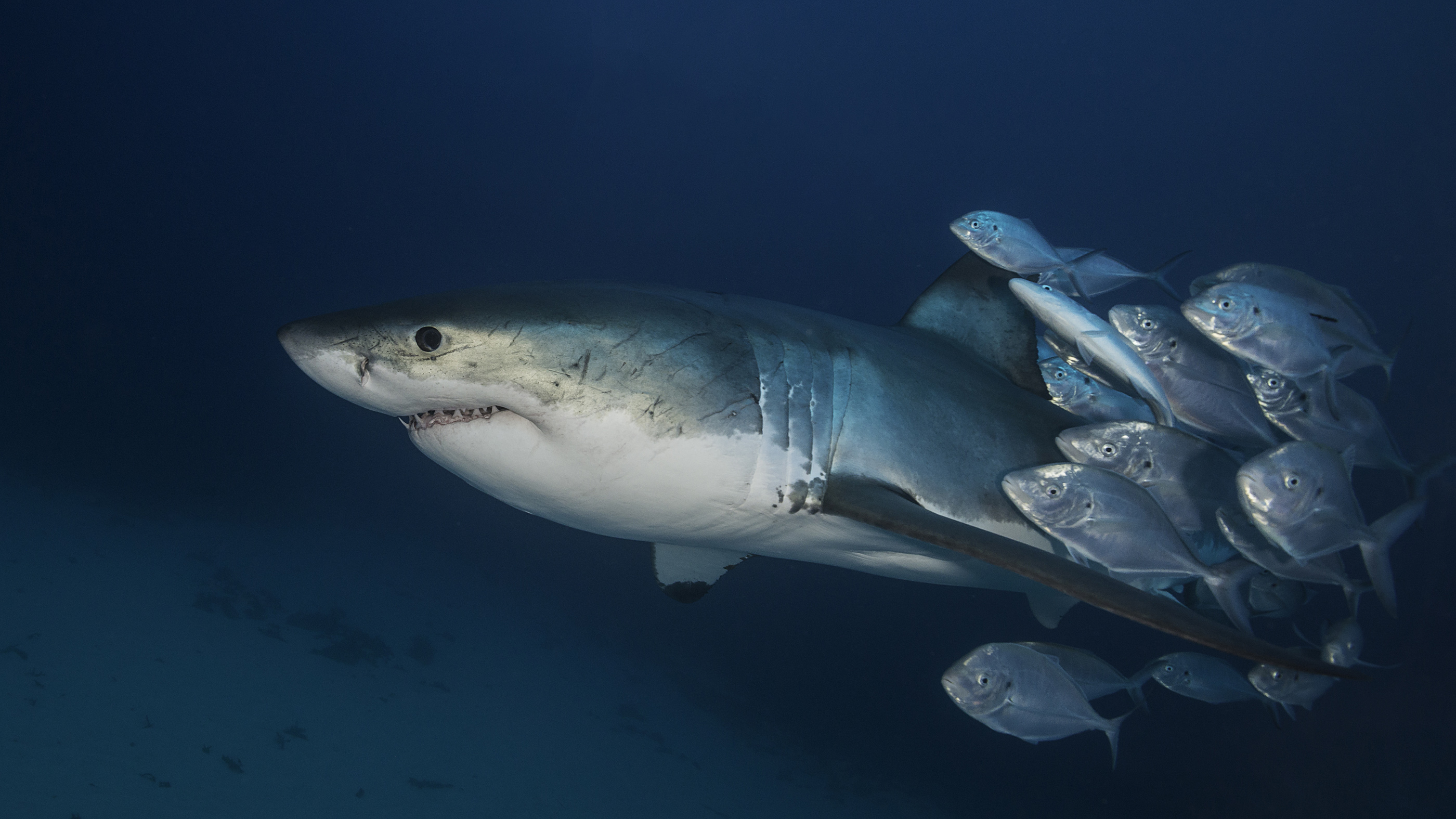20 times sharks made our jaws drop
Because let's be honest, we never get tired of sharks.
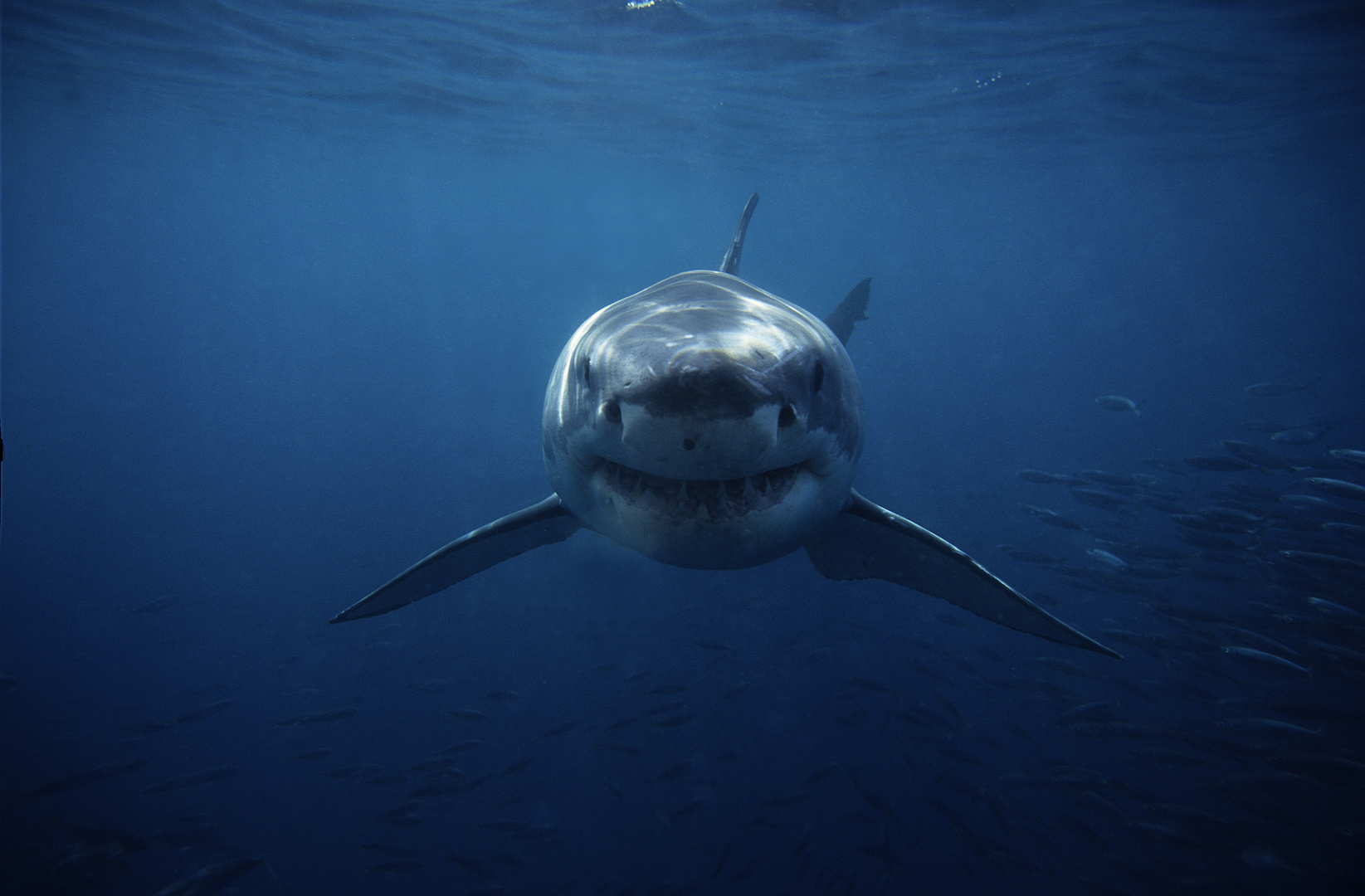
Sharks will never stop amazing us — from mysterious and massive whale sharks to intimidating and impressive great whites. Even sharks that don't exist anymore, like the mammoth megalodon, never cease to astonish. We know you love sharks just as much as we do, so here are 20 awesome things we have learned about sharks.
1. Some sharks can get really, really old
Imagine a shark that was swimming the seas when the Pope excommunicated Martin Luther and the Ming Dynasty was going strong. That might just be the Greenland shark (Somniosus microcephalus), an Arctic dweller that can live centuries — perhaps close to 500 years.
Researchers reported in 2016 in the journal Science that they had tested the eye tissues of these strange sharks and found that they were centuries old. The method wasn't perfectly precise, so the exact age range came to between 271 and 512 years old. Even at the low end, that makes them the longest-lived animal with a backbone. Little is known about the shark's biology or lifestyle.
Read more: Greenland sharks may live 400 years
2. Sharks caught doing the 'pipi' dance
Who knew sharks could dance? OK, well, these sharks weren't actually dancing, but they were certainly busting some kind of move.
A group of 20 tawny sharks were caught on video as they wiggled around in the surf on a beach in Australia. The sharks weren't in distress; they were simply using their bodies to stir up some tasty clams known as pipis (Paphies australis, the name "pipi" comes from the Māori language), which were buried in the wet sand.
Read more: Why are these sharks doing the 'pipi' dance?
Get the world’s most fascinating discoveries delivered straight to your inbox.
3. Nuclear bombs can help age sharks
Whale sharks are the largest fish in the sea, but there's still a lot scientists don't know about the enormous creatures, including how long they live. However, research published this year described how radioactive carbon left over from Cold War-era nukes could help resolve this mystery.
Researchers dated carbon-14 — a naturally-occurring type of radioactive carbon that was released into the sky en masse during nuclear weapons tests in the 1950s and 1960s — embedded in the vertebrae of two whale sharks that died long ago in fishing nets in Taiwan and Pakistan. The scientists confirmed the ages of the two dead sharks were 35 and 50 years old, respectively, which fits in with prior estimates that whale sharks can live incredibly long lives — likely upwards of 100 years.
Read more: Nuclear bombs could reveal how old whale sharks really are
4. Great white sharks are bottom-feeders (for at least part of their lives)
Great white sharks are vicious hunters — except when they're not.
After studying the stomach contents of 40 white sharks in Australia, researchers reported that juvenile white sharks spend a significant amount of time digging around for easy morsels of food on the seafloor rather than hunting for a more hearty meal. The little predators don't start hunting bigger prey until the sharks are around 7.2 feet (2.2. m) in length.
There was also some evidence that the male sharks went after stingrays and their cousins more often than female sharks did; but the researchers noted that there was a fairly small sample size from which to make this claim.
Read more: Great white sharks are bottom-feeders, at least when they're little
5. Shark attacks are (still) rare
A drone captured video of the moment when a white shark was within arm's reach of a surfer in Australia. The surfer was completely unaware of the proximity of the shark and only found out how close the 5-foot-long (1.6 m) predator was after swimming to shore and watching the drone footage. Fortunately, the shark swam away and no one was hurt.
Read more: Drone warns surfer of very close encounter with 5-foot shark in Australia
6. A 'naked' shark?
A shark born without skin or teeth was somehow living without trouble until fishers trawling the Mediterranean Sea south of Sardinia, Italy, accidentally pulled the mutant fish from the depths. The startling creature was a blackmouth catshark (Galeus melastomus) that lacked skin and teeth.
The rare catch is the first and only known case of a shark living with a "severe lack of all skin-related structures [including] teeth," according to a study published in the Journal of Fish Biology.
Read more: 'Naked' shark was born without skin or teeth in world first
7. Megalodon was even more of a behemoth than we thought
Sure, megalodon was the biggest shark to ever live, but we're not talking just a few feet longer than the large great white. Megalodon was so massive — about as long as a bowling lane at 50 feet (15 m) — that scientists consider the giant to be "off the scale," according to a new study published this year.
Evidence from extinct and living sharks revealed that not only was megalodon an extreme outlier when compared with modern species; it was also substantially bigger than the next-biggest extinct shark in its order by at least 23 feet (7 m), the scientists reported.
Read more: Megalodon's hugeness was 'off the scale' — even for a shark
8. But great whites are still enormous
Yes, megalodon was a behemoth, but great white sharks are no pipsqueaks — especially one individual scientists are calling the "queen of the ocean."
Researchers with Ocearch caught and tagged a great white female this year that measured 17 feet (5 m) long and weighed 3,541 lbs. (1,606 kilograms). The scientists estimate the shark is around 50 years old, and her battle-scarred hide is clear evidence that this hefty lady has seen some things her lifetime.
Read more: Scientists discover great white shark 'queen of the ocean'
Giving the queen a run for her money is another enormous great white shark spotted in Key Largo this fall. The 15.4-foot-long (4.7 m) shark known as "Unama'ki" is also tracked by Ocearch and was first tagged in Nova Scotia. This big mamma weighs 2,076 lbs. (942 kg) and is also estimated to be about 50 years old.
Read more: Massive great white shark Unama'ki spotted south of Miami
9. Ancient megatooth sharks were nurturing parents
Although extinct megatooth sharks were monstrous predators, they were also nurturing parents as they raised their young in the safety of a "nursery."
Researchers found ancient evidence of a shark nursery in what is now South Carolina. The team dug up dozens of fossilized teeth that once belonged to Carcharocles angustidens, a megatoothed shark that lived during the Oligocene epoch (34 million to 23 million years ago). The size of most of the teeth suggests they came from juvenile sharks, which means the area was probably a safe haven, or nursery, where the young ocean predators could swim in calm waters filled with easy-to-catch prey.
Read more: 24 million-year-old nursery for baby megasharks discovered in South Carolina
Another group of scientists found fossil evidence of at least five more megalodon nurseries in Spain, which suggests that baby shark nurseries were a common rearing tactic for the species. It also raises the possibility that the decline of available nursery sites may have contributed to the giant shark's extinction.
Read more: Megalodon nurseries reveal world's largest shark had a soft side
10. An innocent-looking shark with a hidden weapon
This year, scientists discovered an adorable, wide-eyed prehistoric shark with a hidden set of terrifying chompers.
The previously undescribed species, named Ferromirum oukherbouchi, had a jaw that rotated inward when the mouth was closed, and outward when the mouth was open. When the shark opened its mouth, cartilage at the back of the jaw flexed so that the sides of the jaw "folded" down and all teeth, including the newest teeth growing in the back, rotated upward, allowing the shark to bite into its prey with as many teeth as possible.
Not something you want to see lunging after you in the water, is it?
Read more: Wide-eyed prehistoric shark hid its sharpest teeth in nightmare jaws
11. Even sharks win some, lose some
Thresher sharks are aggressive predators, but they can't win every fight. Beachgoers on the Mediterranean coast of Libya found a dead thresher shark with a large chunk of a swordfish's "sword" jabbed into its back. No one saw the actual attack, so it's unclear why the swordfish jabbed and killed the shark. But researchers suspect the two ocean predators may have been competing for prey.
Read more: Whodunit solved when 'sword' is found embedded in thresher shark
On the other side of the world, undersea photographer Deron Verbeck snapped a remarkable photo of a battle-scarred oceanic whitetip shark (Carcharhinus longimanusI) off the coast of Hawaii earlier this year. The unusual circular pattern of scars and puncture wounds on the shark's skin led researchers to suspect the shark had been in a fight with a giant squid (Architeuthis duxI) — elusive deep-sea predators that live hundreds of feet below the surface. Oceanic white tip sharks can dive down to 1,000 feet (300 m) in search of prey, so it's likely this shark picked a fight with a deep-sea cephalopod that was not in the mood.
Read more: Mysterious scars on Hawaiian shark could be sign of giant squid attack
12. Shark attacks have a long history
Shark attacks are unusual (only 57 unprovoked bites were reported in 2020), but they're not new. A 3,000-year-old skeleton unearthed in western Japan apparently belonged to the victim of a nasty shark attack.
The skeleton had 790 separate injuries, including many V-shaped notches that match the marks of a shark's teeth on bone. The man was also missing his left hand and right leg when he was buried, and his left leg was arranged in his grave the wrong way around. The damage suggests that the man was alive when he was attacked and that sharks had time to feed on his body for at least a while before he was retrieved from the sea.
Read more: Oldest-known shark attack discovered in 3,000-year-old skeleton with 800 injuries
13. Sharks nearly wiped out 19 million years ago
Sharks have been trolling the oceans for an incredibly long time: They evolved at least 450 million years ago, making them older, as a group, than trees.
You don't get through 450 million years without some rough patches. And research published in 2021 found that about 19 million years ago, the world nearly said goodbye to sharks. In just 100,000 years or less, 90% of sharks disappeared from the oceans. Between 70% and 90% of shark species were lost. No one knows what happened or why sharks suddenly faced such a struggle.
Read more: Mysterious event nearly wiped out sharks 19 million years ago
Originally published on Live Science.
14. Some sharks are pocket-size
OK, everyone knows that not every shark is a behemoth. But did you know that sharks can be pocket-size and absolutely adorable?
The pocket shark Mollisquama mississippiensis was declared a new species in 2019 after originally being discovered in the Gulf of Mexico in 2015. The tiny shark —it's only 5.5 inches (14 cm) long — looks a bit like a miniature sperm whale, with a blunt, rounded nose. Only two pocket sharks have ever been caught, raising questions about how many more small, quiet shark species call the Gulf of Mexico home.
Read more: Adorable Shark Fits in Your Hand, Looks Like a Mini Sperm Whale
15. Ancient sharks were really strange
A Cretaceous shark that lived 93 million years ago acted more like a manta ray than a shark. Aquilolamna milarcae existed before manta rays evolved, but it had wide, swooping fins that looked almost like wings. Researchers who identified the fossils from quarry rock found in Mexico think the ancient shark was a plankton-eating filter-feeder that cruised at a stately pace through the Western Interior Seaway, a body of water that once covered much of what is now Mexico and the middle of North America.
The shark still remains a bit of an evolutionary mystery, because none of its teeth were preserved. That makes it difficult to place the species within the tree of shark diversity. This strange shark likely went extinct at the end of the Cretaceous when an enormous asteroid slammed into what is now the Yucatán Peninsula.
Read more: 'Winged' eagle shark soared through the oceans 93 million years ago
16. Sharks eat their siblings … in the womb
It's not easy being a baby shark. For one thing, your siblings will try to eat you.
Biologists have known for decades that shark fetuses will cannibalize each other in the womb — no brotherly love here. Shark mothers can store up sperm from multiple mating events and fertilize their eggs over time, so they frequently have a womb full of half-siblings. In sand tiger sharks (Carcharias taurus), the babies of one father tend to dominate those from another father over time, a way that males apparently compete to father the most offspring well after mating occurs.
Baby sharks will even swim from one uterus to another (sharks have two uteruses) in search of a meal. A 2018 study found that tawny nurse shark babies wiggle between uteruses and sometimes even poke their heads out of their mother's cervix before they're ready to be born.
Read more: These Baby Sharks Swim from One Uterus to Another to Eat Their Unfertilized Siblings
17. Shark gets stabbed to death
Not often do humans get a glimpse at a shark battle, especially one where the top predator ends up with a sword in its head. That's exactly what beachgoers witnessed in February of 2021 when a juvenile shortfin mako shark (Isurus oxyrinchus) washed up in Los Cabos, Mexico. The "sword" was still embedded in the dead shark's head. But who or what was the culprit? After examining images of the stabbed mako, Christopher Lowe, a professor of marine biology and director of the Shark Lab at California State University, Long Beach, said the sword could have come from a marlin, sailfish or stingray.
One likely scenario goes like this: Scientists know that adult makos prey on animals with "swords." And perhaps, this juvenile shark tried to nab such a meal but was unsuccessful. "This one was a young one — probably inexperienced and trying to take on prey that it wasn't really ready for," Lowe previously told Live Science.
Read more: Shark gets stabbed in the head, washes ashore in Los Cabos
18. Feeding frenzy ends badly for this shark
An ocean feeding frenzy turned deadly for one of the diners some 1,476 feet (450 meters) below the surface of the Atlantic Ocean in June 2019. About 11 dogfish sharks were devouring a 250-pound (110 kilograms) corpse of a swordfish. Little did they know, a wreckfish, which is a type of grouper, was waiting in the wings for its own supper. While the sharks were distracted, filling their bellies, it seems the giant wreckfish swooped in and gulped one down.
Post-meal, the wreckfish — with the shark’s tail sticking out of its mouth — inched in front of a camera on a remote rover called Deep Discoverer. The remotely operated vehicle was in the area searching for a World War II shipwreck; when the scientists saw the footage, one of them is heard saying: "Oh my god — I'm going to remember this my whole life."
Read more: Feeding frenzy of 11 sharks ends in surprising twist
19. Great white sharks have some serious pregnancies
Fourteen bouncing baby white sharks. That's what one mama great white was expecting when she was accidentally caught near Taiwan in 2018.
The 15-foot-long (14.7 meters) shark was a record-breaker. Detecting pregnant sharks is rare, and the previous known record for a pregnant great white (Carcharodon carcharias) was 12 pups, David Ebert, a shark scientist and the director of the Pacific Shark Research Center at Moss Landing Marine Laboratories in Moss Landing, California, told Live Science at the time.
Great white shark pregnancy and gestation are still quite mysterious, but pups probably take about 12 months to develop and are born alive and ready to start hunting.
Read more: Enormous great white shark pregnant with record 14 pups was caught and sold in Taiwan
20. Sharks can choke to death
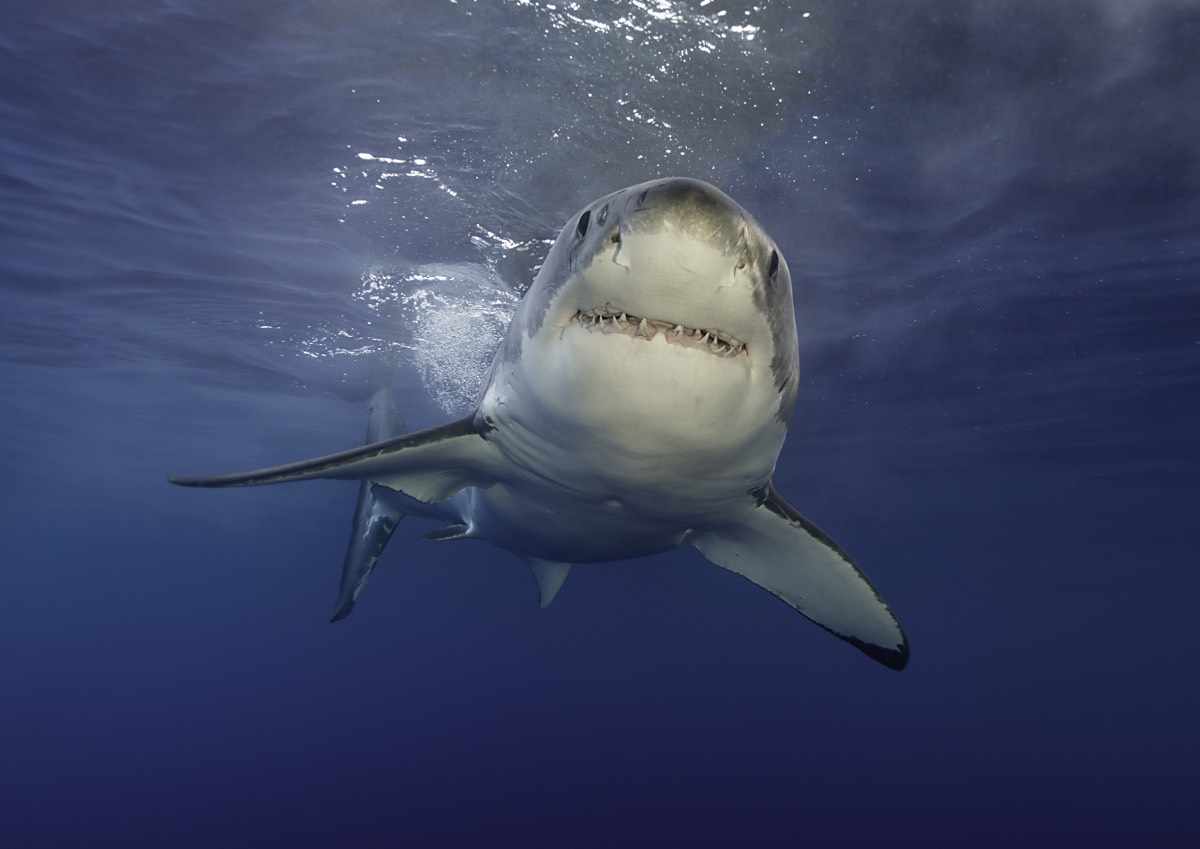
In the battle of great white shark versus turtle, the turtles usually win. Sea turtle shells are strong protection against even great white sharks, and sea turtles know to turn sideways when approached by a white shark so it's harder for the predator to get a grip on them. In one incident witnessed by a Japanese fisherman in 2019, though, a shark managed to get a purchase — but the turtle got its revenge. After getting the turtle lodged in its throat, the shark choked and died.
Read more: Great white shark chomps down on sea turtle, chokes to death
Editor's note: This article was first published in 2020 and updated by Stephanie Pappas on July 7, 2021.
Originally published on Live Science.

Kimberly has a bachelor's degree in marine biology from Texas A&M University, a master's degree in biology from Southeastern Louisiana University and a graduate certificate in science communication from the University of California, Santa Cruz. She is a former reference editor for Live Science and Space.com. Her work has appeared in Inside Science, News from Science, the San Jose Mercury and others. Her favorite stories include those about animals and obscurities. A Texas native, Kim now lives in a California redwood forest.


